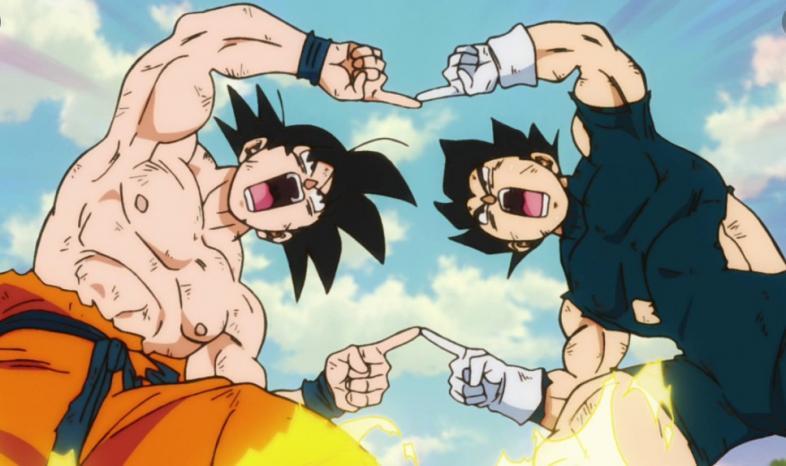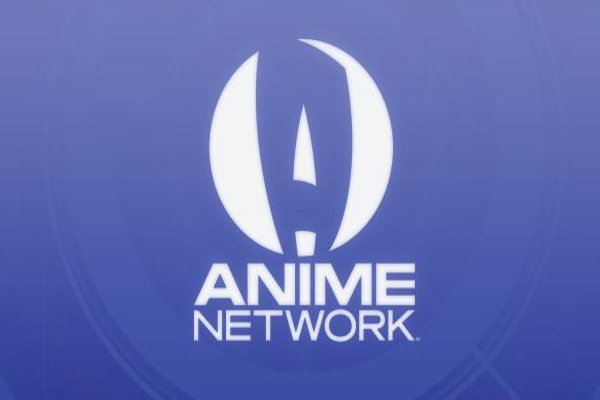
Sony Pictures Entertainment, the owner of Funimation, bought Crunchyroll from AT&T for $1.175 billion in 2021 (Simons, 2021). In the past, Funimation and Crunchyroll worked together, distributing pieces of each other’s anime catalogs. Now, we have a vast, unified catalog, but we also don’t have real alternatives for anime consumption in the West. Okay, smaller, focused streaming services like HiDive exist along with anime offerings on Netflix and Disney. But Funimation’s purchase of Crunchyroll has created a monopoly on legal anime streaming.
The word monopoly makes many people internally wince, mostly because of their experiences with the board game. In economics, a monopoly happens when a single seller dominates an industry or sector (Hayes, 2024). Monopolies appear naturally when a business simply out-competes its rivals with better products and services, or monopolies appear through buyouts and mergers, as in the case of Funimation and Crunchyroll (and Sony sitting behind it all). From the customer perspective, monopolies may be a positive or a negative. On the positive side, a single-large company can leverage their scale to keep prices stable and offer consistent quality. On the negative side, businesses can leverage their dominance to squeeze as much profit from customers as they can, leading to price fixing, artificial scarcity (diamonds provide a good example of this; diamond are, in reality, common), low-quality service, and unethical behavior. In such cases, customers have no options beyond not using the product or service. In the case of Western anime streaming, that would mean not watching anime, turning to piracy, or settling for the smaller catalogs and options presented by the few, smaller players in the space.
Corporations usually focus on one thing: shareholder profit. However, businesses don’t have the legal obligation to do so (Stout, 2015). Monopolies can act more ethically because they dominate a sector and so dominate profitability. There’s no need to compete to maximize. However, as we know, this doesn’t always happen. It’s important to remember that companies are not your friends. They focus on the bottom line, even if the corporate board and administration are ethical actors.
In the past year, Crunchyroll has increased its prices. Many anime fans are younger and on limited incomes, making them price sensitive. While the price is still a value compared to buying physical copies of anime, many anime fans will turn toward free pirate websites. I surmise Crunchyroll will roll out differing pricing tiers in the future. The price increase may benefit the people behind anime by funneling more revenue and increasing their exposure (Nwaenie, 2024). Anime and manga production has a sweatshop-style production cycle. If even a little of the increases in price filters down to animators, it would benefit them. Of course, I’m not optimistic about how much this would happen.

As many media outlets have covered, the merger has removed the owned digital copies Funimation subscribers enjoyed. Sadly, this is a trend across digital media, from video to ebooks. With digital media, you don’t own what you purchase. You own a limited right to consume the media. Ownership and distribution rights fall back to the copyright holder–usually the company you buy the content from. Buying digital content doesn’t purchase these rights. Rather, you purchase limited-access, subject to the end-user-license-agreement (EULA) that none of us read. Often inside that EULA is a legal clause that allows the distributor to pull the content from your devices for various reasons. Some of these reasons might be beyond the company’s control, such as a governmental regulation or the original copyright holder pulling their rights back. I dislike this reality, which is why I prefer physical media as much as possible. That said, I rarely buy anime, and I rarely buy manga. I own a few copies of my favorite anime: Samurai Champloo, Eureka Seven, Spice and Wolf, Ghost in the Shell and a handful of others. However, I watched all of these either through Toonami or through Crunchyroll before I bought them. I’m selective about what physical media I buy. Digital content should work the same as physical media: once purchased, you own it. This isn’t a Crunchyroll problem as much as a problem with the entire landscape of digital media. Digital isn’t as forever as people believe.
The Funimation and Crunchyroll merge follows a centralization trend that’s been happening for several decades. Businesses continue to coalesce into increasingly larger corporations. Sony is massive, and Crunchyroll/Funimation have become just a small part of their total holdings. As these global corporations get larger, they creak under their own weight. Eventually the pendulum of history will swing the other way, and we will see these megacorps break apart into, though still massive, smaller companies. Centralization ends in fragmentation; fragmentation ends in centralization. And so the cycle will continue as it always has across history. We’ve seen this throughout history with empires and nation states. They grow large and powerful, gobbling up smaller states, until the empires themselves fragment again. So too with businesses. Just don’t expect fragmentation to happen soon. History’s cycles can’t predict when; history only points toward the process.

The Funimation and Crunchyroll merge will be mixed in how it benefits and hurts anime access in the West. It will raise costs for consumers but provide easier, wider access to titles. Some of the added customer cost, I hope, will filter to the animators working in the anime studios. The company’s pulling of digital items customers have purchased is terrible for public relations, but, again, as much as we dislike it, stand within the company’s rights. My hope is that smaller venues like HiDive will grow to provide some alternatives to Crunchyroll. However, I also hope Crunchyroll’s larger footprint will allow funding for new, lesser known, manga to become anime. Perhaps we will see titles with more– I won’t mince words–intelligence to them and with fewer of the usual anime-story templates. Larger companies have more ability to take risks and the pursue the long-tail. In the short term, I suspect more limited-income anime fans will flee to pirate streaming sites and fan-subtitling, assisted by AI, will strengthen in popularity. If Crunchyroll offers lower-cost tiers, these fans may return, but if Crunchyroll increases costs further, Disney and Netflix may see an opening and increase their offerings. I don’t foresee anime returning its old identity as a niche medium in the West, but the rising prices of streaming may hurt its accessibility over the long term.
References
Hayes, Adam (2024) What is a Monopoly? Types, Regulations, and Impact on Markets. Investopedia. https://www.investopedia.com/terms/m/monopoly.asp
Nwaenie, Chike (2024) Crunchyroll Prices to Rise for Funimation Legacy Subscribers. CBR. https://www.cbr.com/crunchyroll-price-increase-funimation-legacy-subscribers/
Simons, Roxy (2021) Crunchyroll and Funimation Merger Explained and What happens Now. Newsweek. https://www.newsweek.com/crunchyroll-funimation-merger-explained-what-happens-now-1617743.
Stout, Lynn (2015) Corporations Don’t Have to Maximize Profits. The New York Times. https://www.nytimes.com/roomfordebate/2015/04/16/what-are-corporations-obligations-to-shareholders/corporations-dont-have-to-maximize-profits



